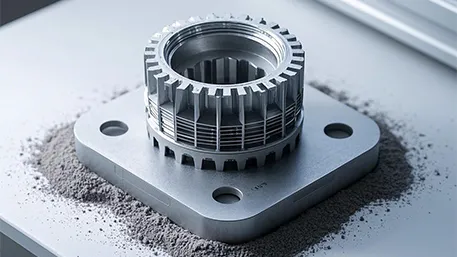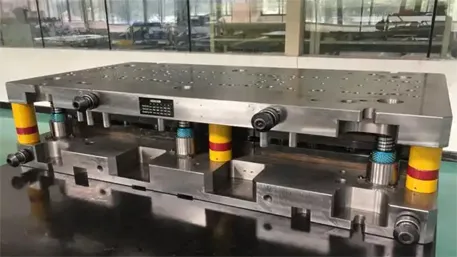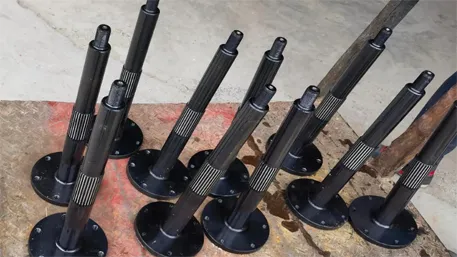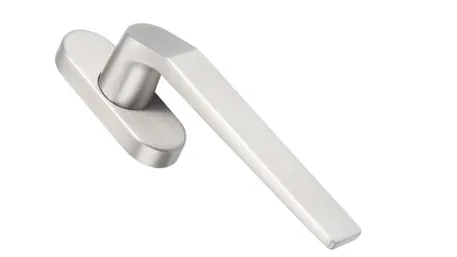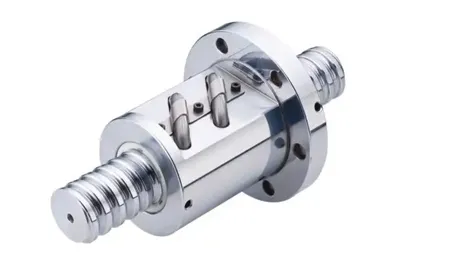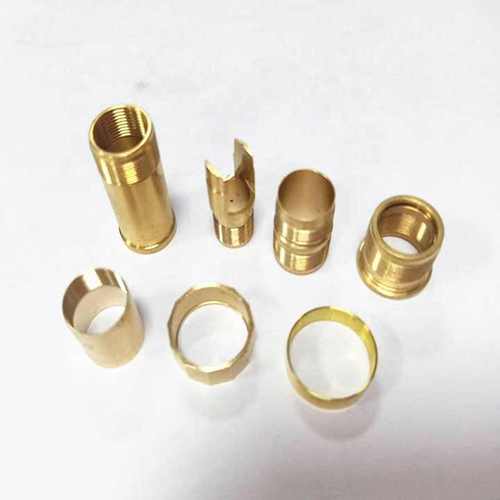In the automotive industry, precision and quality are non-negotiable. This is where CNC machining of car parts comes into play, offering a cutting-edge solution that combines accuracy, efficiency, and innovation.
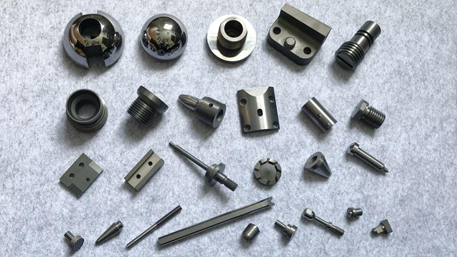
CNC (Computer Numerical Control) machining is a manufacturing process that utilizes computer programs to control machine tools, ensuring precise and repeatable production of complex components. When it comes to car parts, CNC machining has become indispensable due to its ability to meet the stringent requirements of modern automotive design and performance.
One of the key advantages of CNC machining for car parts is its exceptional accuracy. Whether it’s engine components, transmission parts, or chassis elements, the tight tolerances achievable through CNC machining ensure optimal fit and function. This precision leads to reduced friction, improved fuel efficiency, and enhanced overall vehicle performance.
The process also offers great flexibility in design. Automotive engineers can create intricate and custom shapes that were previously difficult or impossible to produce using traditional manufacturing methods. This allows for lightweighting strategies, aerodynamic improvements, and unique styling features that not only enhance the car’s aesthetics but also contribute to its efficiency and handling.
Materials play a crucial role in automotive manufacturing, and CNC machining is compatible with a wide range of them. From metals like aluminum, steel, and titanium to advanced composites, CNC machines can handle diverse materials with ease. This enables manufacturers to select the most suitable material for each part based on its specific requirements, such as strength, durability, and heat resistance.
In addition to individual parts, CNC machining is also employed in the production of molds and dies used for mass manufacturing. This helps maintain consistency in the quality and dimensions of the final products, ensuring that every car part meets the high standards expected by both manufacturers and consumers.
The efficiency of CNC machining cannot be overlooked. With automated processes and reduced setup times, production cycles are shortened, leading to faster time-to-market for new car models. This is especially critical in the highly competitive automotive industry, where staying ahead of the curve is essential.
However, it’s not all smooth sailing. CNC machining can be expensive, especially for low-volume production runs. Additionally, the initial setup and programming of the machines require skilled technicians and engineers. Despite these challenges, the benefits far outweigh the drawbacks, making CNC machining the preferred choice for many automotive manufacturers.
In conclusion, CNC machining of car parts has transformed the automotive manufacturing landscape. It enables the creation of high-quality, precise, and innovative components that drive the industry forward. As technology continues to advance, we can expect even greater improvements in this field, leading to more efficient, safer, and visually appealing vehicles on the road.
Whether you’re an automotive enthusiast or simply curious about the inner workings of modern cars, understanding the role of CNC machining provides valuable insights into the complex world of automotive engineering and manufacturing.

